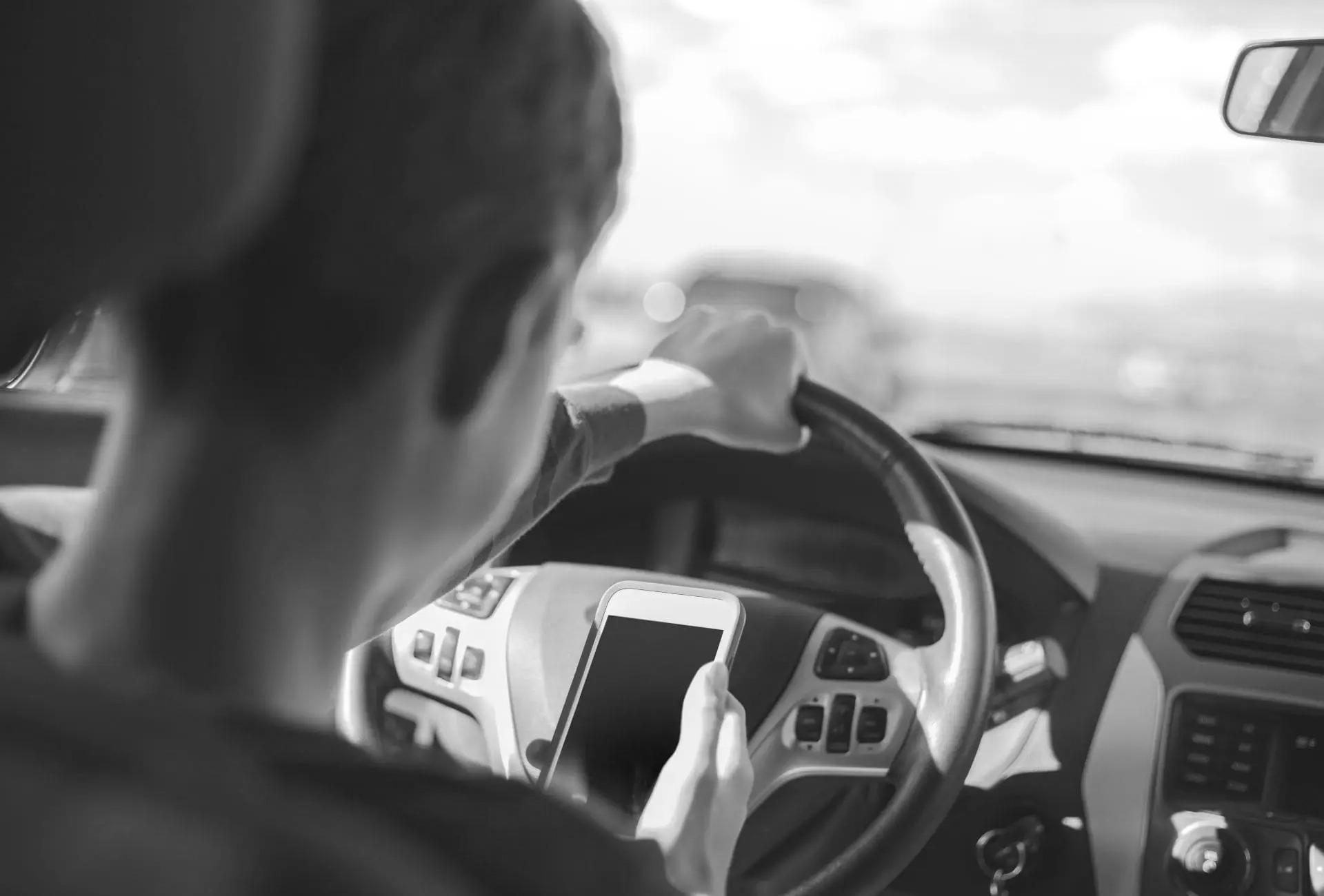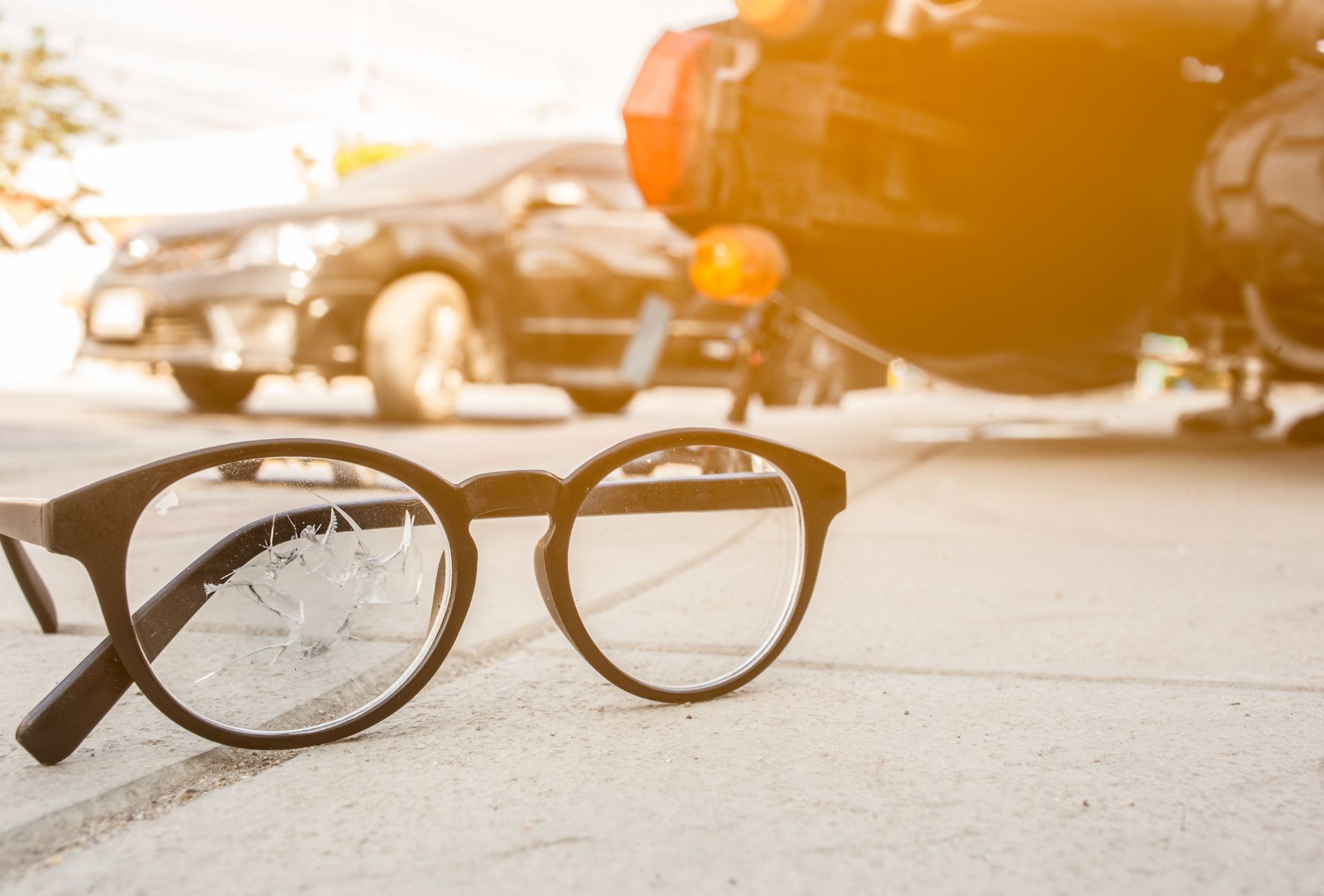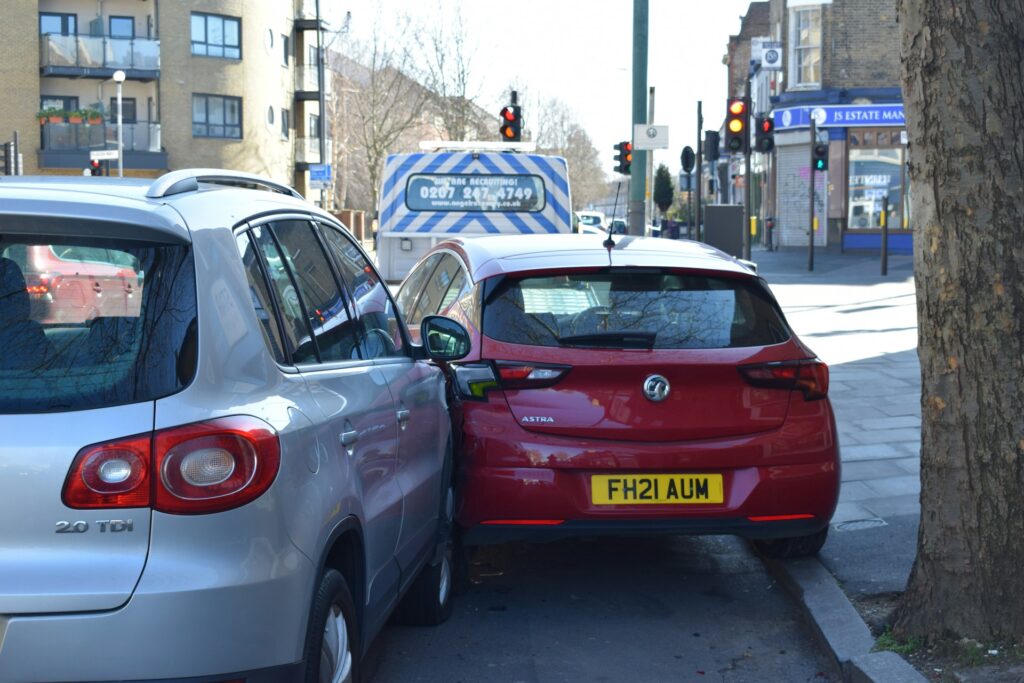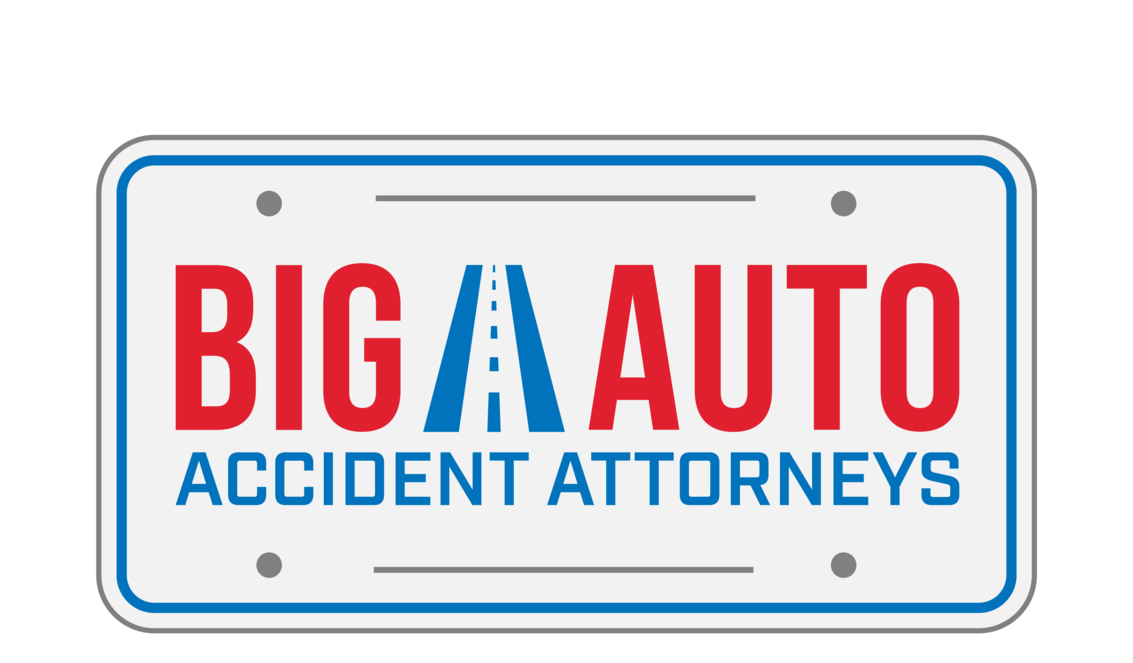Rear-End Collision Accident Lawyer BIG AUTO
FREE CASE REVIEW FREE CASE REVIEW ⟶YOUR NATIONAL TEAM
BIG AUTO has won MILLIONS for their clients
Rear-end collisions are common kinds of accidents. According to the National Highway Traffic Safety Administration, almost 1.5 million rear-end collisions occurred in 2020, representing 28% of all motor vehicle crashes. These accidents injured over 417,000 people and killed nearly 2,500.
Many rear-end collisions result from some form of driver error or negligence. If you sustained injuries in a rear-end crash, contact the car accident lawyers at Big Auto for assistance.
You Need Big Auto.

Your message has been sent
Thank you for contacting Big Auto, a representative will be in touch within 24 hours.
By clicking “submit” a visitor understands and agrees that sending information to the firm will not create an attorney/client relationship and may not be kept confidential. Information sent through this link will be used to check for conflicts and schedule a consultation. An attorney-client relationship is formed only when both a potential client and a lawyer with the firm both sign a fee agreement. By submitting your contact information, you agree that we may contact you by telephone (including text) and email in accordance with our Terms and Privacy Policy.
What to do after the accident


1 (844) BIG-AUTO
Why Should You Choose Big Auto?
If you sustained injuries in a rear-end collision, you need a knowledgeable attorney who focuses on car accidents and personal injury law in your state. Hiring a competent lawyer from Big Auto gives you peace of mind by knowing that your case is in good hands.
Request a case review today. We’ll assess the facts of your accident, give you an idea of how much your case is worth, and tell you how we can help you.
To learn more about your rights after an accident, call us today at 1 (844) BIG-AUTO
How much does it cost to start my case?
If we don’t win, your case is free. When we take on your case, we’re confident we can obtain a recovery you’re entitled to. In fact, we won’t charge you anything if we don’t win for you.
FREE CASE REVIEW FREE CASE REVIEW ⟶Case Type FAQ
What Is a Rear-End Collision?
What Kinds of Driver Error Can Cause Rear-End Collisions?
Can Other Things Cause Rear-End Collisions?
What Injuries Commonly Occur in Rear-End Collisions?
Who Is At-Fault for Rear-End Collisions?
How Can a Rear-End Accident Lawyer Help You?
What Is a Rear-End Collision?
When a motor vehicle runs into the back of another, the resulting crash is called a rear-end collision. The car being hit might be parked, stopped at a traffic light, or traveling down a road. Most of these are avoidable because they’re usually caused by driver inattention or negligence.
Several factors combine to determine how destructive rear-end collisions are:
- Vehicle sizes (dimensions and weight)
- Vehicle speeds
- Angle of impact
- Seat belt usage
- Loose objects in the vehicles
What Kinds of Driver Error Can Cause Rear-End Collisions?
Unfortunate but honest mistakes, like accidentally pressing the gas pedal instead of the brake pedal, can cause an accident. Other driver actions predictably lead to a higher risk of causing a collision.
When you drive a car, you have a legal duty of care to practice safe driving. This reduces the chances of you harming others by creating an accident. Failing to provide that duty of care is negligent behavior, giving injured accident victims grounds to seek compensation for their damages.
Distracted Driving
Your hands should stay on the steering wheel, your eyes on the road, and your focus on the act of driving when you get behind the wheel of a motor vehicle. Anything that causes drivers to act differently is considered a distraction:
- Eating, drinking, and smoking
- Using a cell phone
- Interacting with passengers
- Daydreaming
- Grooming activities, like fixing your hair or putting on makeup
- Searching or reaching for something in your car
Most of these actions reduce drivers’ abilities to react quickly to changing traffic situations.
Driving Under the Influence of Drugs or Alcohol and Fatigued Driving
Excessive fatigue, alcohol, and drugs — even some prescription or over-the-counter medications — can impair your ability to drive safely. They can cause:
- Impaired judgment
- The inability to focus
- Blurred vision
- Delayed reaction times
- Swerving or erratic speeds
- Falling asleep at the wheel
Failing to Follow Traffic Laws
Examples include:
- Speeding
- Ignoring stop signs or traffic lights
- Failing to yield the right of way
- Aggressive or reckless driving
- Improper merging
Following Too Closely
Many drivers get too close to the vehicle in front of them, whether accidentally or intentionally. When you’re basically riding on someone’s rear bumper, the chances of colliding with them skyrocket.
Can Other Things Cause Rear-End Collisions?
Absolutely. Although some form of driver error may be a contributing factor, other circumstances can cause collisions.
- Multiple-vehicle collisions: chain reactions, unfortunately, occur in some accidents. Another vehicle might strike you and cause you to rear-end the car in front of you.
- Weather: roads that are slick due to hail, sleet, snow, ice, spills, or pooled water can cause drivers to lose control of their vehicles, prompting a rear-end collision. Heavy rain or fog can reduce visibility.
- Car defects or malfunctions:tires can blow out, and brakes can fail. Other mechanical problems can also happen, causing drivers to lose control.
- Animal crossings and pedestrians: deer, other wildlife, family pets, or pedestrians can suddenly appear in front of you while driving. Whether you brake suddenly trying to avoid a collision or hit the animal or person, the car behind you might be unable to avoid hitting you.
- Heavy traffic: Heavy traffic can be stressful. Stop-and-go traffic as well. Drivers can get impatient or angry, and some choose to use their phones or perform another activity when traffic is barely moving.
Regardless of what caused your rear-end collision, an experienced attorney can help you investigate the accident and seek compensation.
What Injuries Commonly Occur in Rear-End Collisions?
Several factors affect how severe rear-end collision injuries are. For instance, higher speeds typically produce more significant injuries.
The driver and other occupants of the rear-ended car usually experience more severe injuries than those in the vehicle that hit them.
Arm, Hand, and Wrist Injuries
Drivers generally keep their hands on the steering wheel. When a car hits them from behind, the impact will likely cause damage to hands and wrists. Shoulders can become dislocated as well. These injuries may be worse if the driver braced against the steering wheel because they realized they were about to be hit.
Back Injuries
Your spine and back may suffer after a rear-end collision. The impact can compress discs in your spine, fracture vertebrae, and strain muscles. Those injuries may put pressure on your spinal cord, which can lead to numbness, weakness, and paralysis. All of these can produce severe pain.
Broken Bones
You can suffer fractured or broken bones in a rear-end collision. You might hit the door, the airbag deployment or seat belt may damage ribs, you could hit another occupant, or loose objects might hit you. While fully broken bones are usually apparent, fractured bones may not be.
Facial Damage
Many people suffer facial injuries in rear-end collisions. These may lead to scarring, permanent disfigurement, vision impairment, and nasal or jaw issues.
Head Injuries
If your car is hit, your head is at the mercy of impact forces. You may hit your head on the steering wheel, dash, window, or headrest. Loose objects in the car may also fly up and hit your head.
Head impacts can cause concussions or brain injuries, sometimes severe. You can also receive damage to your face, potentially breaking your nose or other facial bones.
Lacerations
If your vehicle’s glass shatters, it can lodge in your skin. Metal parts can also cut you.
Organ Damage
Your entire body is jerked forward and backward suddenly in a rear-end collision. Your internal organs may slam into your ribcage or other rigid structures in your body, producing bruises, tears, and ruptures.
Whiplash
Rear-end collisions, even those at lower speeds, can cause your head and neck to snap forward suddenly, then back. Soft tissues like ligaments and muscles stretch beyond normal limits and can tear or strain.
Whiplash can produce long-lasting and severe pain in your neck and back. Whiplash symptoms include:
- Dizziness
- Headaches
- Muscle spasms
- Numbness
- Stiffness
- Tingling
- Weakness
Any of these or other injuries can mean victims need ongoing medical treatments, causing expenses to mount. Some are life-altering or even fatal.
Who Is At-Fault for Rear-End Collisions?
The rear driver is almost always assigned fault for causing a rear-end collision. That’s because every driver should maintain a safe distance between their vehicle and the one in front of them. In rare cases, the front car’s driver may be assigned a percentage of fault; however, proving their guilt is challenging.
Every state has laws that govern car accident claims. These laws tell you who is eligible to seek compensation for their damages and who will be responsible for paying. They also provide filing deadlines and procedures that can vary even in the same state.
Several factors can complicate rear-end collision claims, including:
- Multiple vehicles: more vehicles mean more potentially liable drivers. An investigation needs to determine how each vehicle was involved and who initiated the chain reaction.
- Commercial or government vehicles: both of these categories have the potential that one or more party is responsible for the vehicle’s role in the collision.
- Other government involvement: malfunctioning traffic lights or improperly maintained roads can contribute to creating an accident. Any claim against a government agency is subject to strict procedures, guidelines, and typically shorter timeframes. These vary by state.
- Fatalities: a detailed investigation is warranted if someone dies in a collision. Qualifying beneficiaries or family members may be able to file a wrongful death claim.
- The severity of your injuries: some injuries produce life-long adverse effects, and you deserve compensation for them. The more severely they impact your life, the more damages you may be entitled to receive.
- Negligence laws: the negligence laws in your state and how they affect rear-end collision claims are often confusing. Generally speaking, the less blame you hold for causing an accident, the greater the amount of compensation you may obtain.
- No-fault insurance: while these policies cover some expenses regardless of who is at fault for causing a collision, they don’t pay for everything. Your expenses may be greater than the responsible party’s policy limits, or you might have eligible injuries that the policy doesn’t cover, necessitating a civil lawsuit.
If you sustained injuries in a rear-end collision, you should focus on your recovery, not all the paperwork and tasks involved in an insurance claim or potential civil lawsuit. We’ll take care of these things when you hire Big Auto to represent you.
How Can a Rear-End Accident Lawyer Help You?
Even with claims that you may think are straightforward, complications can arise. There are also several tasks that need to be performed, and you may not have the time, resources, or knowledge to complete them.
When you hire an attorney, they will typically:
- Give you pertinent information and legal advice
- Prepare and submit your paperwork
- Perform a thorough investigation to determine fault
- Gather evidence to support your claim
- Serve as your spokesperson with insurance company representatives and investigators
- Negotiate a favorable settlement offer or take your case to court
You may not know that people typically get more compensation in rear-end collision claims when they have competent legal representation. That’s because auto attorneys are intimately familiar with the laws, procedures, types of damages you may qualify to receive, and how to negotiate with insurance companies.
Depending on the circumstances of your accident, you may be able to obtain:
- Economic damages: these reimburse you for specific kinds of expenses, such as medical bills, lost wages, and property damage. Keep your invoices and receipts.
- Non–economic damages: this category compensates you for things like pain and suffering, losing your ability to enjoy life, and damage to personal relationships. Because there’s no specific monetary value associated with these things, the amount of compensation can depend on how severely they impact your life.
- Punitive or exemplary damages: only a few cases will qualify for this type of damages; they are only awarded if the guilty party was willfully negligent, reckless, or malicious.
Other Cases We Handle
 Learn more about Big Auto distracted driving accident cases.
➙
Learn more about Big Auto distracted driving accident cases.
➙
 Learn more about Big Auto drunk driving accident cases.
➙
Learn more about Big Auto drunk driving accident cases.
➙
 Learn more about Big Auto motorcycle accident cases.
➙
Learn more about Big Auto motorcycle accident cases.
➙
 Learn more about Big Auto hit and run accident cases.
➙
Learn more about Big Auto hit and run accident cases.
➙
 Learn more about Big Auto taxi accident cases.
➙
Learn more about Big Auto taxi accident cases.
➙


